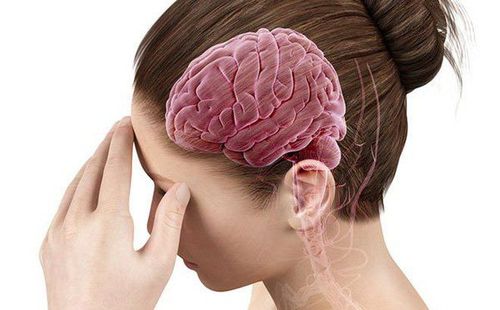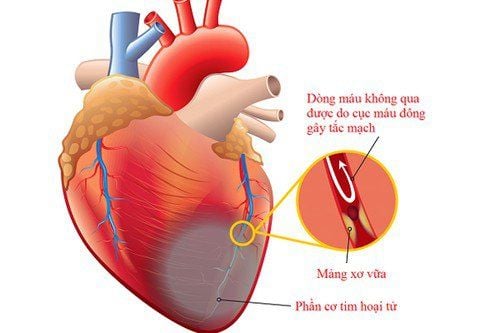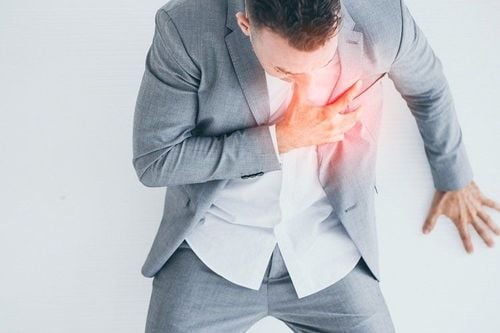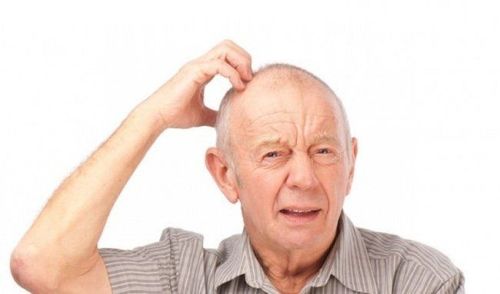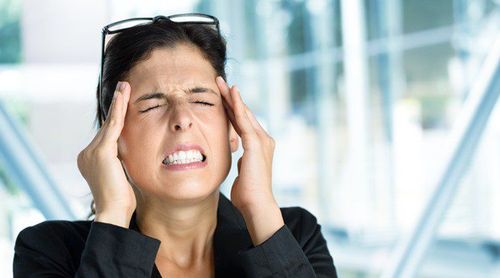This is an automatically translated article.
Aphasia is a language dysfunction that may be associated with a reduced ability to understand or express words or their non-verbal equivalents. Patients with communication disorders need to be rehabilitated with speech therapy methods.
1. What is aphasia?
Aphasia is a language dysfunction that may be associated with a reduced ability to understand or express words or their non-verbal equivalents. This is a speech disorder caused by damage to the cerebral hemispheres, which is the result of dysfunction of the language centers in the basal ganglia and cerebral cortex or the transmission lines in the white matter that connect them. Aphasia includes:
Disorders of one or more functions of speech comprehension and written comprehension, expressed in words and expressed in writing. Disorders of one or more areas of language such as phonology, semantics, morphology, and pragmatics. The cause of aphasia is the result of progressive non-injurious diseases such as encephalitis, stroke, and head trauma. Treatment methods for aphasia include treating the cause of the disease, training the aphasia with speech therapy, and communication aids.
MORE: Rehabilitation for children with language disorders
2. Indications and contraindications for speech therapy
2.1 Designation
Indications for language rehabilitation for patients with language disorders, communication disorders due to brain damage.
2.2 Contraindications
Contraindicated for patients with communication disorders not due to brain damage.
3. Practice for people with aphasia
3.1 Preparation
The person doing the exercises for the aphasia is a speech therapist.
Means include assessment tools:
Picture pictures: 05 pictures of objects, 05 pictures of letters, 05 pictures of action, 05 pictures of color and 05 pictures of quantity. Picture pictures: 20 pictures of long sentences and 10 pictures of short sentences. 1 picture with the theme Patient: the patient has a language disorder due to brain damage.
Medical records include aphasia classification form and aphasia assessment form.
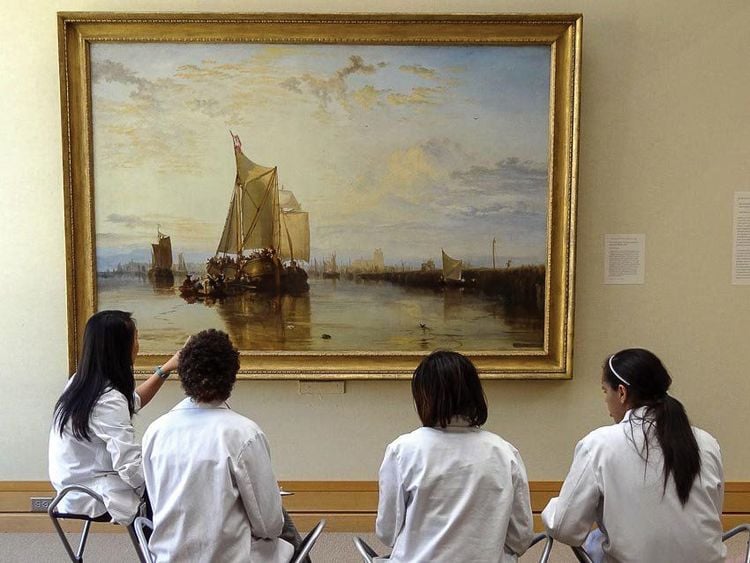
Bài tập cho người thất ngôn
3.2 Checking the patient
Conversation:
Ask the patient about relevant information such as: name, age, occupation, address and at the same time record the answer on the assessment sheet. Patient self-reported family, work and medical history. Tell yourself a picture with a theme given by the evaluator. Listening Comprehension:
Listen and point to the available pictures. Listen and point to parts of the body. Follow orders from easy to difficult. Speech:
Follow the speech movements of the speech therapist. Speak strings automatically numbers or letters. Repeat the utterances just heard Read the word Answer the identifier Identifies the figure. Understand written language Distinguish between symbols and words. Choose words when heard. Understand words when spelled out. Match pictures and words. Write:
Spelling. Write about yourself
3.3 Technical implementation
Depending on the type of aphasia teach the patient to target the compromised language functions. Integrate teaching into daily activities. Teaching from easy to difficult. Use prompting. Coordinate with many other supportive communication methods such as pictures and gestures, etc. Language assessment can be divided into several sessions.
3.4 Monitoring and handling of accidents
During exercise: if the patient feels tired, he should stop exercising and closely monitor the patient. After exercise: If the patient is tired for a long time and the patient's general condition is abnormal, the exercise should be stopped and the accident should be handled. In summary, aphasia is a language dysfunction that may be related to a reduced ability to understand or express words or their non-verbal equivalents. Aphasia training, also known as speech rehabilitation, is a method of speech therapy that is used in conjunction with other causes of treatment and communication aids.
Vinmec International General Hospital is the address for examination, treatment and prevention of diseases. When performing the examination process at Vinmec, customers will be welcomed and used modern facilities and equipment along with perfect medical services under the guidance and advice of experts. Good doctors, well-trained both at home and abroad.
In particular, Vinmec owns a team of doctors who specialize in Rehabilitation with many years of experience and dedication to patients. The subdivisions such as: medical examination area, physical therapy area, movement therapy area, ... are spaciously designed, equipped with many modern equipments, bringing a comfortable feeling for patients to collect. get the best treatment results. At the same time, the Department of Rehabilitation is also equipped with a system of therapeutic machinery from leading countries in technology such as the Netherlands, Japan, etc., which will bring satisfaction to customers to use. services of Vinmec.
Please dial HOTLINE for more information or register for an appointment HERE. Download MyVinmec app to make appointments faster and to manage your bookings easily.




